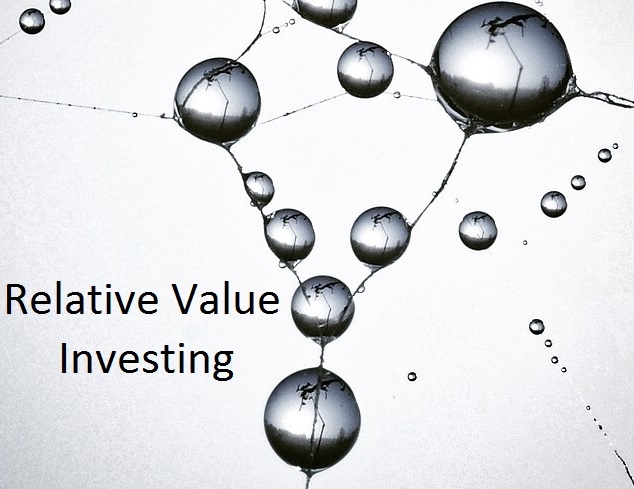Away from the day to day noise of the markets, there is a big trend at play. Trends that mean tomorrow will definitely not be a repeat of yesterday.
...the myopic view
The August employment numbers from the the ABS posted a fall in the unemployment rate to 5.7%. However, as always, statistics do not tell the whole story.
The news headline that evening read:
‘Unemployment drops to 5.7pc but part-time work hits record high: ABS data’
The situation is that the majority of jobs are being created in the part-time sector. This should come as no surprise…it is part of the deflationary world that has been passed on from Japan and our other trading partners. In a world where competitive pressures are squeezing margins and industrial relations legislation makes it difficult to shed labour without triggering significant penalties, businesses are understandably reluctant to employ people on a permanent basis.
Employment appears to be transitioning from security to insecurity. Household income is gradually becoming more reliant on part-time and/or contract positions.
The Millennial generation faces a future of lower wage growth, lower rates of marriage, lower birth rates, and higher asset prices, while being saddled with higher student debts. What a contrast to the situation baby boomers found themselves in 30 or 40 years ago. The change in generational starting positions is why the past era of economic growth is unlikely to be replicated anytime soon.
This is a very slow, and low growth, world. Lower economic growth adds to the deflationary spiral, which in turn creates the environment that produces a low cost, flexible workforce. The cycle feeds off itself and the upshot is that the lack of job security doesn’t create the confidence needed to perpetuate the baby boomer credit binge of the past generation.

